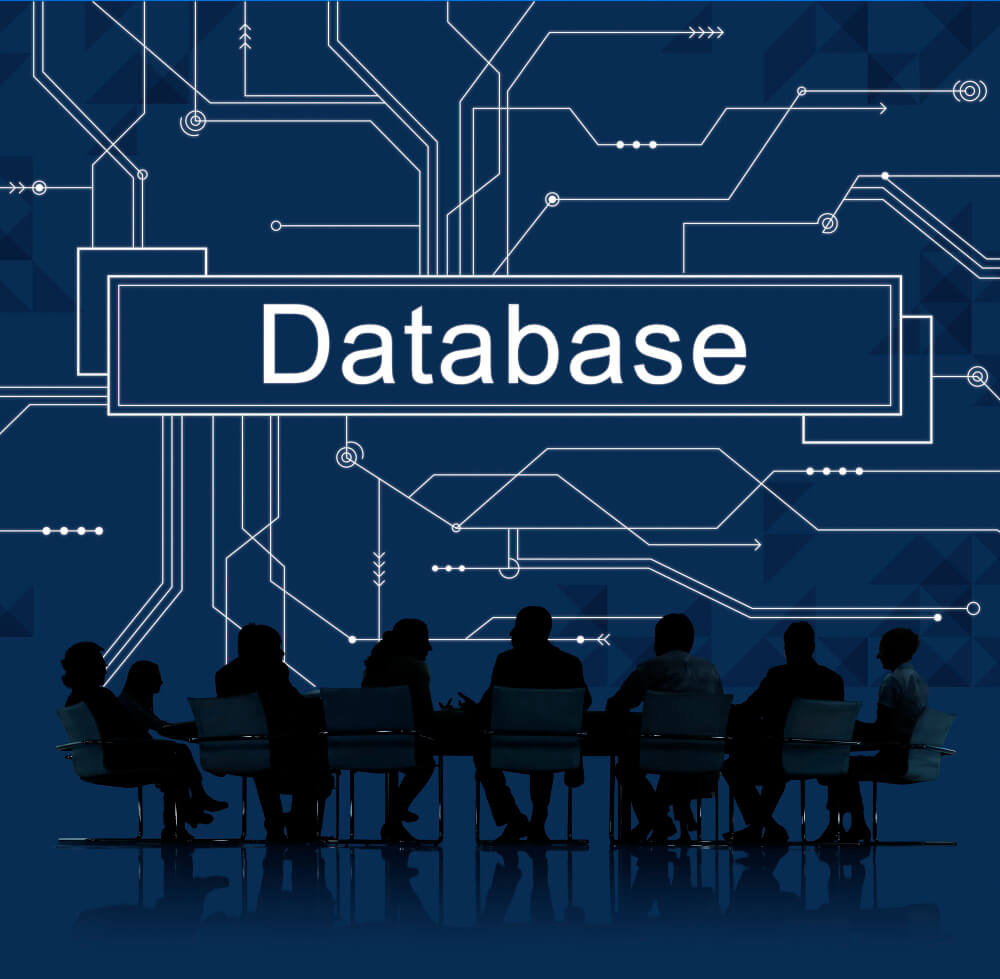We know that the decade of cloud computing has provided a historic opportunity for industry transformation and upgrading, but change is still underway. With the popularity of cloud computing, the database market has fundamentally changed, and cloud vendors have broken the stronghold of traditional commercial databases and become a brand new force in the database field.
With Amazon Cloud Technologies, which has been selected in the Gartner Leaders Quadrant for six consecutive years, as its representative, let's explore together: why Amazon Cloud Technologies can always maintain its innovation? Throughout the cloud-native era, what more possibilities are there for Amazon Cloud Technologies database in the future?
In the face of four major database development trends, Amazon Cloud Technologies creates five database concepts
The post-epidemic era has accelerated the online and digital operation of business in many industries, and the demand of enterprises for data value mining has become stronger and stronger, among which the four major database trends include: the emergence of cloud-native database driven, the widespread use of open source database, the modernization of applications with higher requirements for database and the iteration and transformation of software architecture are driving changes in database selection.
Under these four major trends, along with the increasing volume and complexity of enterprises' business, the requirements for databases are getting higher and higher. Amazon Cloud Technology has insight into customer needs and puts forward five major concepts when building database products on the cloud:

First, dedicated database, ultimate performance; second, serverless, agile innovation; third, global architecture, one-click deployment; fourth, smooth migration, accelerated to the cloud; fifth, AI-enabled, deep integration.
After real refinement, five database concepts to continue to empower the transformation of enterprise data intelligence
The first core database concept: dedicated database for dedicated use. Under this concept, Amazon Cloud Technology has launched a family of products for relational data, key-value data, document data, in-memory data, graph data, time data, ledger data, wide columns and other specially built databases.
All of these database products have undergone real-world refinement of Amazon's internal core business, with outstanding results:
Amazon.com was one of Oracle's customers back then, and as Amazon.com's application refactoring and business volume grew, Amazon.com decided to migrate its business to Amazon Cloud Technologies. 100+ teams were involved in this huge migration effort, moving all of Amazon.com's key systems from Oracle, including procurement, catalog management, order fulfillment, advertising, financial systems, wallets, and video streaming. The migration was done by a number of teams.
Switching from Oracle to Amazon Cloud Technologies resulted in a 60% cost savings for Amazon eCommerce, a 40% reduction in latency for consumer-facing applications, and a 70% reduction in database management expenses.

The second concept is serverless, agile innovation. Enterprise business always has peaks and valleys, how to plan the database storage capacity and computing resources according to the enterprise 80-90% of the business peak, it will bring a certain business continuity compromise and challenge to the application. Therefore, most enterprises are in accordance with the peak to leave a margin to choose the database computing resources, which will cause cost waste. And Serverless database services can accomplish undifferentiated tedious work and automated scaling.
Amazon DynamoDB is Amazon Cloud Technology's own Serverless database, which can provide support for large-scale applications, supporting Amazon's own multiple high-traffic websites and systems. On Amazon's annual Prime Day, trillions of calls were made to the DynamoDB API alone, with a peak of 89.2 million requests per second. This shows that DynamoDB has the advantages of high throughput, scalability, consistency, predictable response latency, and high availability.
The latest serviceless database product is Amazon Aurora Serverless V2 provides instant scalability, truly taking scaling to the extreme, scaling a few hundred transactions to hundreds of thousands in less than a second. At the same time, each adjustment increment is very finely managed when scaling, and if the database resources are planned according to the peak, a cost savings of about 90% can be achieved.
The third concept is a global architecture and one-click deployment. Amazon Cloud Technology provides Amazon Aurora relational database Global Database, Amazon DynamoDB, Amazon ElastiCache in-memory database, Amazon DocumentDB document database can use Amazon Cloud Technology's backbone network to provide a more stable network support than the Internet. With one-click deployment, we can help customers achieve cross-regional database disaster recovery over thousands of kilometers, and failure recovery can be completed within a minute, while the data replication latency across regions is usually less than one second.

The fourth concept is smooth migration and acceleration to the cloud. Amazon Cloud Technology provides tools such as Amazon DMS and Amazon Database Migration Service for developers and enterprises to perform self-service cloud migration. In addition, for support that may be needed during the migration process, professional support is available for customers through the Professional Services team and partner network members, and also through the Database Freedom program to help customers reduce their concerns.
The fifth concept is AI-enabled, deep integration. We have observed that ML technology empowers database developers, who do not need to have machine learning expertise to perform machine learning operations. In this trend, Amazon Cloud Technologies launched Amazon Neptune, which leverages Deep Graph Library and Amazon SageMaker to drive graph neural networks.
With the above five database concepts, Amazon Cloud Technologies has built a rich database product family to provide faster and better data intelligence services for enterprises and unlock the value of data under the global trend of intelligence, and has been selected in the Gartner Leaders Quadrant for six consecutive years, which is deeply recognized by the industry and customers.
